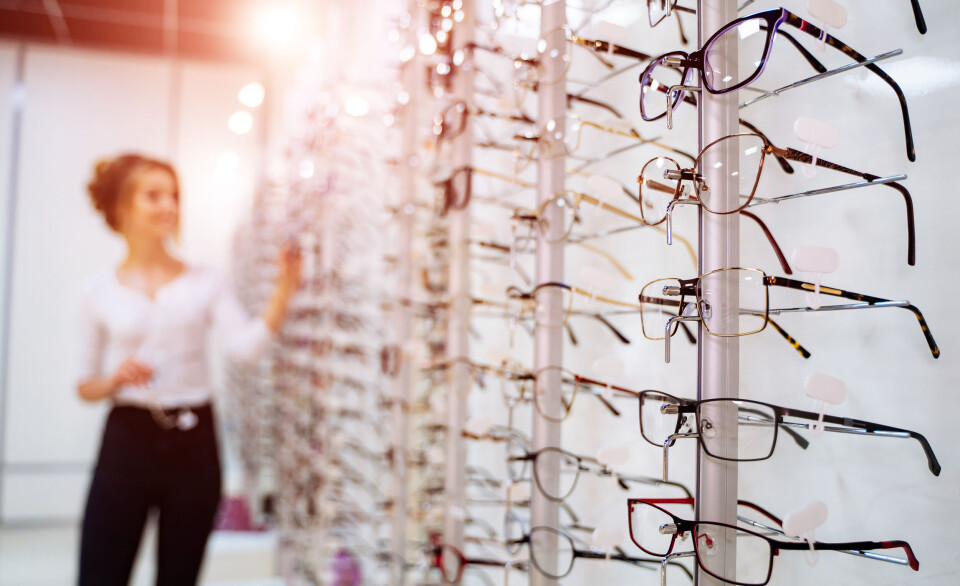-
Step back in time for some ‘dinosaur’ planting in your French garden
Captivated in the garden this month by one species of plant that dates back 200 million years, and another which is one of the oldest flowering plant families on the planet
-
Classic French recipe with an exotic twist: caramelised onion soup
A dish inspired by the travels of two Paris chefs
-
HPI final season: the end of a French TV phenomenon
Comedy-thriller starring Audrey Fleurot that gripped France airs final episodes
Rebuilding the faces of history
Before the age of photography, and outside of the circles wealthy enough to attract portrait artists, once a person had died, their face would be forgotten. Now, in his Visualforensic workshop within a laboratory of the University of Versailles-Saint-Quentin, Philippe Froesch is using 3D computer technology to make virtual reconstructions of the forgotten faces of history.

One of his most recent facial reconstructions is of Thomas Craven, a British nobleman who was thought to have been studying at the Sorbonne when he was struck down by the plague in 1636, at the age of about 18. Craven was the youngest son of Sir William Craven, Lord Mayor of London, a Privy Councillor and a familiar character in the diary of Samuel Pepys.
Thomas Craven’s body was one of a number discovered in 1986 during the course of archaeological excavations carried out in the Protestant cemetery of the Temple of Charenton in the Parisian suburb of Saint-Maurice. The method of burial meant that the body had been well-preserved: on death his organs had been removed before it was wrapped in a shroud and buried in a lead-lined coffin.
Mr Froesch was commissioned by Djillali Hadjouis from the National Centre for Prehistoric, Anthropological and Historical Research to use the skull to reconstruct Thomas Craven’s face. The result is startlingly life-like and bears a close resemblance to portraits of Thomas Craven’s father and brother.
The first stage is a 3D scan of the skull, using statistical data on age, gender, ethnicity and constitution to calculate the thickness of the person’s facial flesh. Next, the face is “sculpted” in 3D on the computer screen, and physical characteristics such as hair and eye-colour – often deduced from limited available data – are added. In the final stage, the reconstruction is used to create still images or short animations.
If the end result is a still picture, a project will take four or five weeks to complete. However, if an animation is required, it will be much more time-consuming. “Twenty-five images are required for each second of film,” explains Mr Froesch. “It takes about 45 minutes to create each image, so to make just 10 seconds of film, it takes 187 hours of work”.
It is the youngest faces that pose the biggest challenge, Mr Froesch explains. “An elderly person will have expression marks and bags under their eyes. Younger people, especially women, have translucent skin and brighter eyes, and this is a much harder effect to create”. For these reasons, Agnès Sorel, the favourite mistress of Charles VII of France, who died in 1450 at the age of 28, was one of his most difficult projects.
Reconstructing the faces of the long-dead is not an obvious career path for anyone to follow. His training was in the beaux arts, which he studied in Nantes. There he specialised in 3D, which had just come to the forefront as a result of John Lasseter’s mini-lamp film for Pixar, Luxo Jr. He worked initially in the architectural domain, then taught, and finally took up reconstructing faces at the suggestion of an anthropologist friend from his time in Barcelona.
One obvious use for facial reconstructions is forensic police work. Mr Froesch has done some work in collaboration with the police in Barcelona, but most of his work is for museums and production companies.
This is not surprising, as the faces he brings to life tend to belong to a different age, the oldest being of Homo Georgicus, dating back 1.8 million years. Others relate to French history: he has recreated King Henri IV and Robespierre, for example.
When asked to pick a favourite head, Philippe Froesch says: “Agnès Sorel and Henri IV were moving for me because of my French heritage, but working with a mummified body, such as Thomas Craven, is moving too. Some of them have such interesting stories. Vikings make great projects, for example, because of their tattoos”.
























